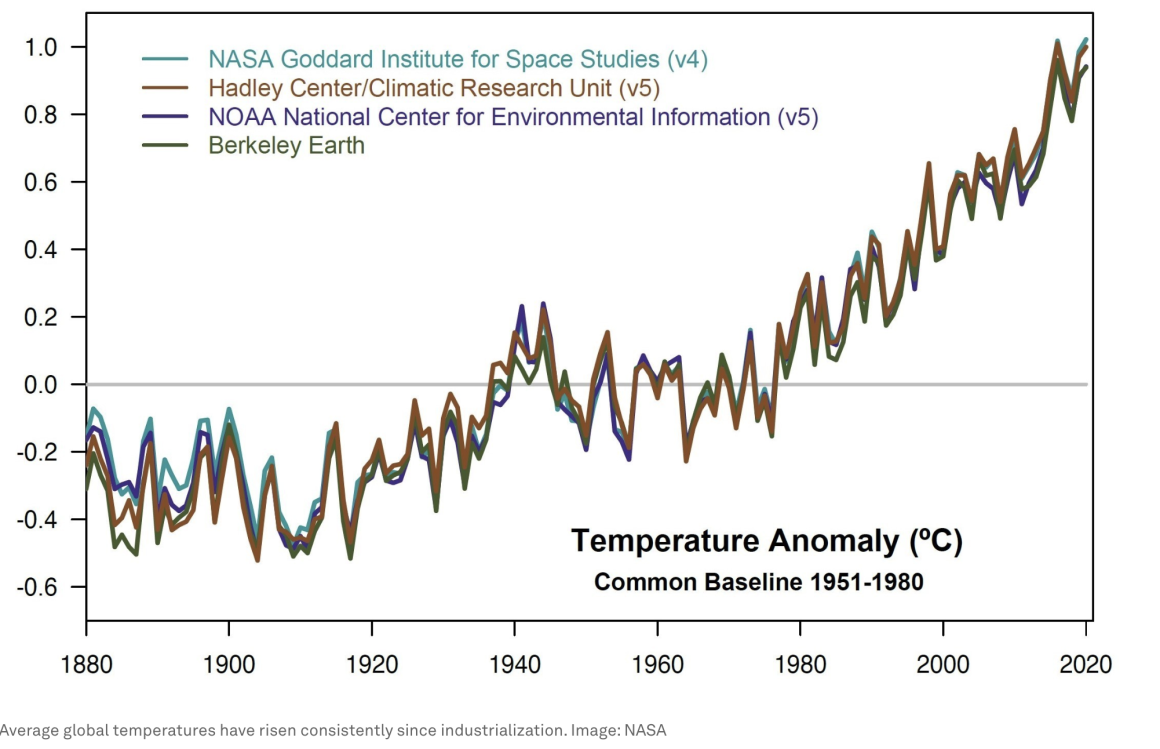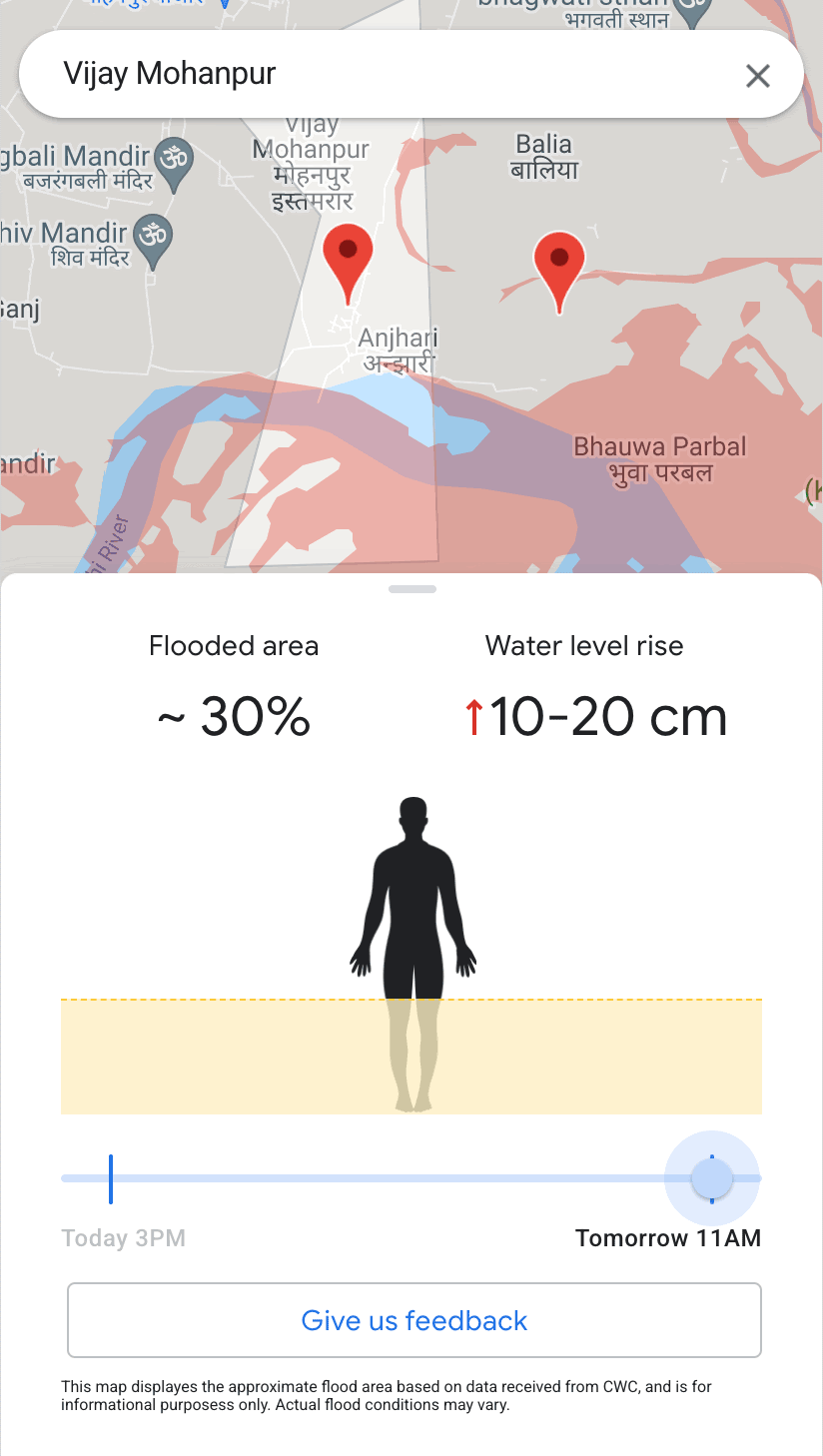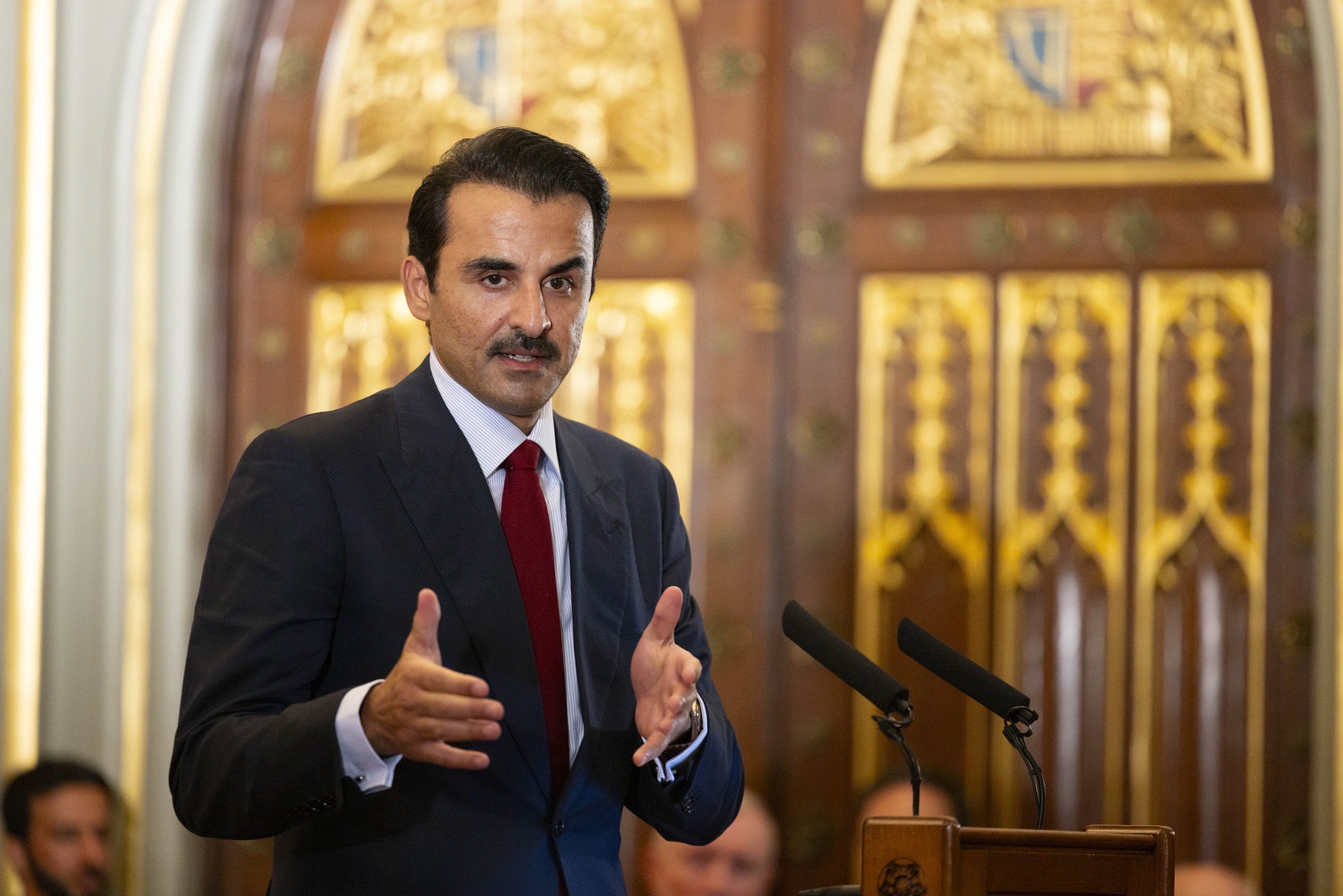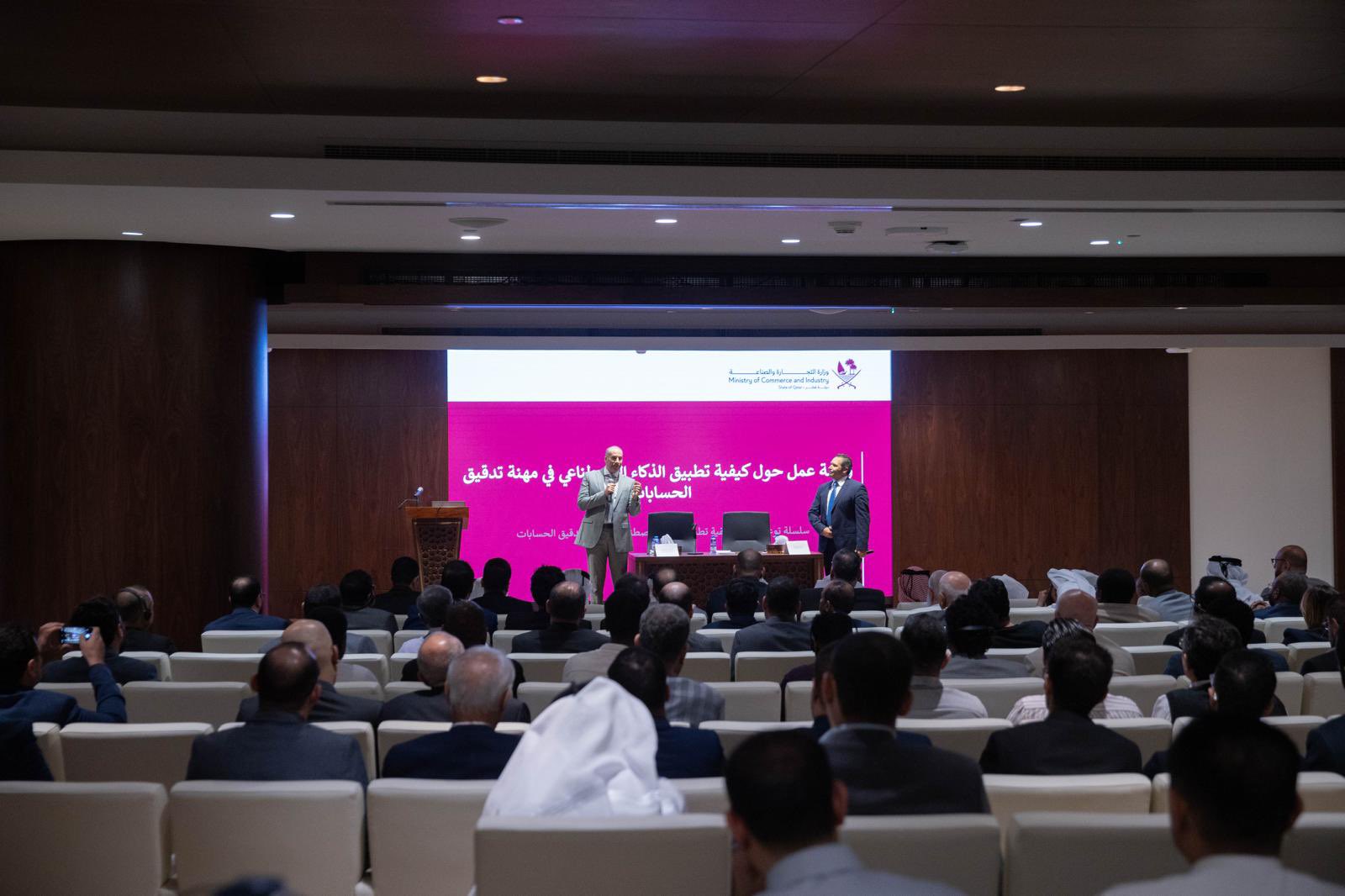Environmental, social, and economic systems all over the world will be significantly impacted by climate change. Here’s how technology is helping.
Vital signs of climate change have prevailed around the world over the years, causing life-threatening risks to millions of people.
The topic has itself made headlines globally, with leaders at international forums pushing for better and greener reforms to slow the inevitable outcomes.
However, achieving a safer environment is not easy, and it can take decades to reverse the already-apparent effects that are taking place.
What is Climate Change?
Long-term changes in temperature and weather patterns are referred to as climate change. These changes could be caused by natural processes, like variations in the solar cycle. But since the 1800s, human activities—primarily the burning of fossil fuels like coal, oil, and gas—have been the primary cause of climate change.
Fossil fuel combustion produces greenhouse gas emissions that act as a blanket around the planet, trapping heat from the sun and increasing temperatures.

Despite the agreements made at the most recent COP 27 summit, humans are too far along the road to avoid at least some effects of global warming that have already occurred.
The average global temperature on Earth has risen by at least 1.1 degrees Celsius since 1880, according to NASA’s Earth Observatory. Approximately 0.15 to 0.20°C per decade since 1975 has seen the majority of the warming.
As a result, people are now learning how to live with it, and technology has greatly helped thousands navigate through the process.
Google Flood Hub
Recently, Google revealed a significant expansion of its services for tracking wildfires and forecasting floods.
It introduced a tool called Flood Hub on a global scale that combines forecasting from 20 different countries. After testing the programme in the US, Google is also bringing improved wildfire tracking to a few more nations.

When rivers, oceans, and lakes threaten life or property, Google’s Flood Hub alert system uses machine learning to alert those in danger.
Flood Hub alerts include simple-to-read inundation maps that show the area that is at risk and the height of the floodwaters in relation to an adult’s height.
Since 2018, Google has offered flood alerts. In the beginning, Bangladesh and India’s high-risk regions were the focus.
A 360 million-person region received 115 million alerts from the system in 2021.
The system is currently being expanded to include more nations in South Asia and South America with the goal of making the service available worldwide.
AI climate adaptation
AI is ideally suited to assist in managing the intricate issues associated with climate change. It can be utilised to assist all stakeholders in adopting a more informed and data-driven approach to reducing carbon emissions and establishing a greener society because of its capacity to collect, complete, and interpret large, complex datasets on emissions, climate impact, and more.
It can also be used to shift the focus of international climate efforts to the areas that are most at risk.
According to the consulting company BCG, AI will be crucial to climate adaptation. BCG identifies a number of areas for AI-based climate adaptation in its Framework for Using AI to Combat Climate Change.
“AI can be applied to improve hazard forecasting for regionalised long-term events, such as sea-level rise, and for immediate, extreme events such as hurricanes, among other possibilities,” BCG said.
“These applications include the management of vulnerability and exposure, such as by developing infrastructure that can minimise the impact of climate hazards.”
One application from the San Francisco Pano Technology is used by AI to find wildfires, warn homeowners, and help fire crews put them out.
The AI watches video feeds from cameras on mountaintops to look for the first indications that a wildfire is starting. Homeowners and local emergency personnel are then informed.
Water management using IoT
As temperatures rise and rainfall patterns are altered by climate change, wise water management will become increasingly important.
Brazil, Italy, and Spain are using the Internet of Things (IoT) to manage and optimise water supplies for agricultural use.
An IoT smart water metre keeps tabs on the quantity, quality, and pressure of water used in a building or industry. Water flow can be monitored through the entire plant and over the distribution channels by using an IoT smart water sensor, assisting in leak detection to cut down on water waste.
Cristina Bernal Aparicio and Siope Vakataki ‘Ofa found that the Internet of Things has proven to be effective in reducing water consumption and energy costs, as demonstrated in the implementation of the SWAMP project in Brazil, Italy, and Spain in a report for the United Nations Economic and Social Commission for Asia and the Pacific.
The estimated potential for water savings ranged from 18 to 38%.







